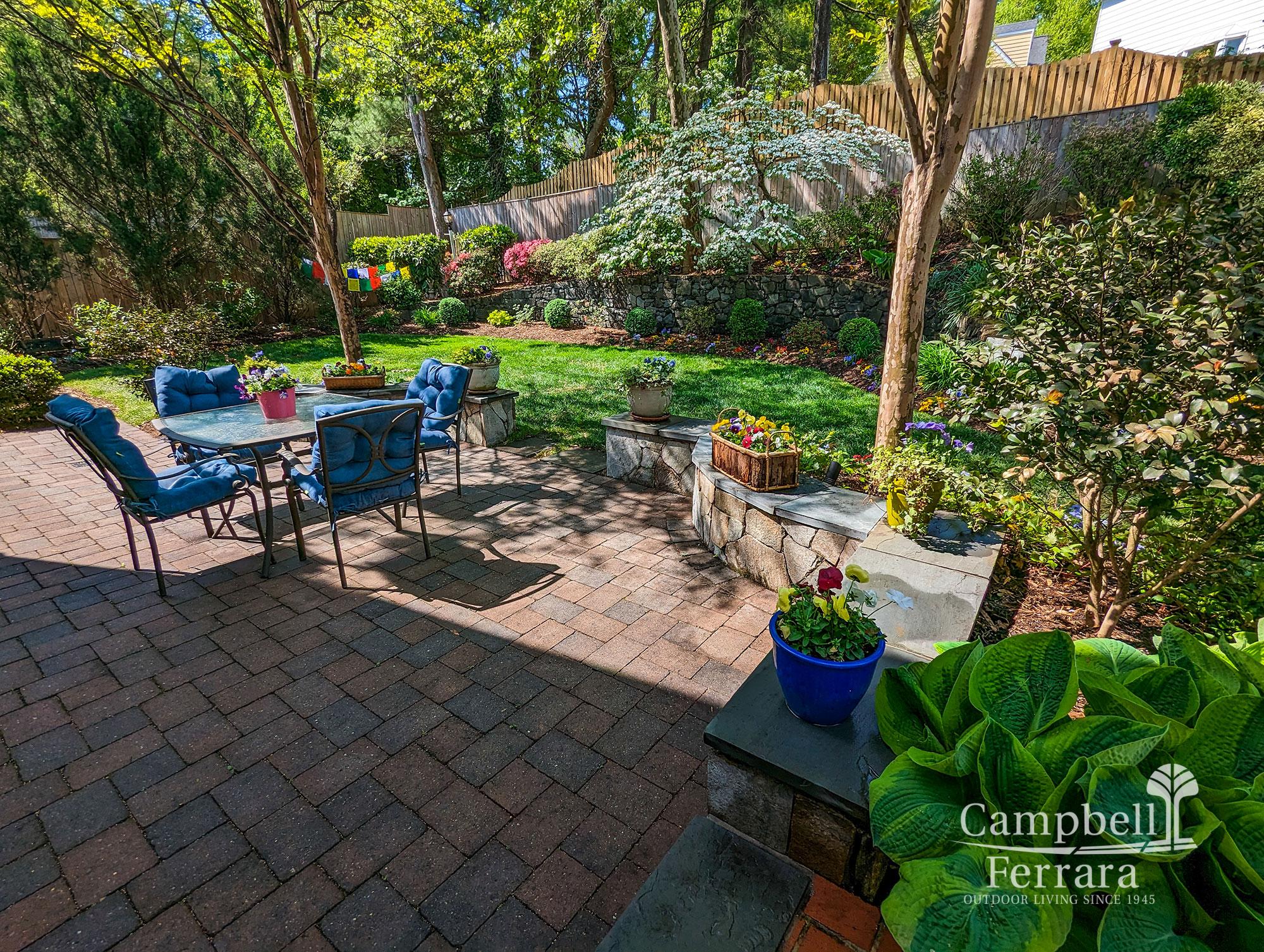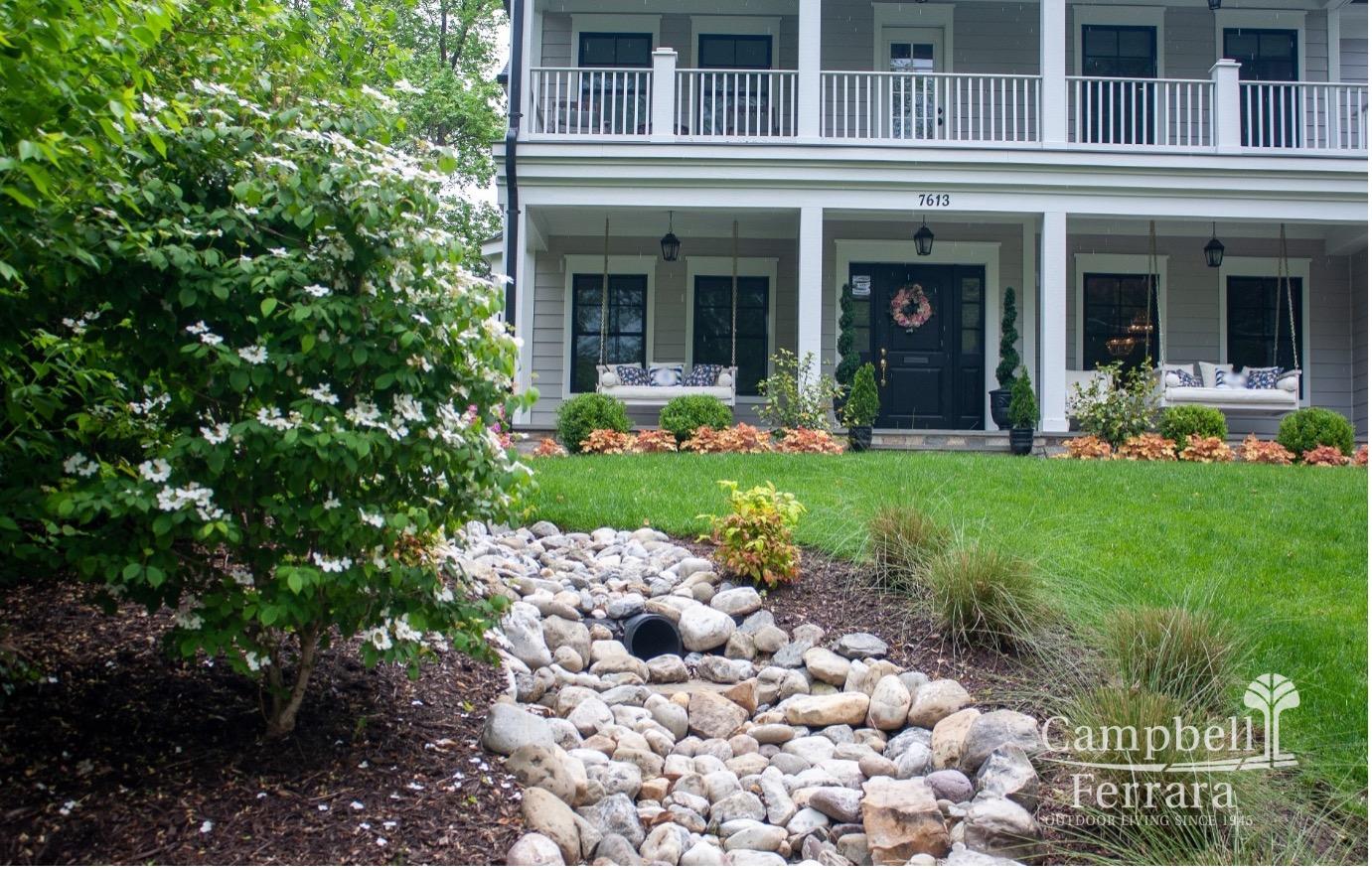

Remove Dead and Dried Foliage on Perennials
Begin by removing the foliage from last year on your perennials. In most cases, you would have removed it last fall, but plants like ornamental grasses and hydrangeas retain their foliage all winter. This provides interest in your landscape during the winter months, but the dead stuff has to be removed in spring, so new growth has all the room it needs to grow and thrive. Pull it or cut it off just above ground level and trash it or add it to your compost pile.
Rake the Lawn and Garden Beds
Use a small lawn rake to clean out your garden beds. The flexible tines will prevent damage to perennials and shrubs. Raking will make the beds look neat, but it also removes debris that can harbor pests and diseases. The smaller size will enable you to easily get between plants without damaging any new growth that is popping up.
Use a crabgrass rake to rake your lawn, but use a light touch. The stiff tines of a crabgrass rake will remove leaves, debris, and dead grass. It will also loosen up the top layer of soil. Loosening up the soil, coupled with the removal of the dead grass blades, will help prevent a mat of dead grass and hardpan soil from forming, which could inhibit water and nutrients reaching the roots of the lawn. It will also aerate the soil so the water and nutrients will more easily reach the grassroots.
Mulch Garden Beds and the Base of Trees and Shrubs
Spread the mulch of your choice on garden beds to a depth of about three inches. This will discourage weeds from growing, and any that do grow will be weak, spindly and easily pulled. Mulch, applied to a sufficient depth, will also keep the soil from baking during the heat of summer. Finally, soil that is mulched retains moisture which is beneficial for the plants and requires less artificial watering.
Spread mulch around the base of trees and specimen shrubs in a ring at least a foot out from their base. Once you’ve put the mulch down, spend a minute or two pulling it about an inch away from the actual trunk or base of the tree or bush. This will let air circulate and help discourage mold or other pests or diseases from taking up residence near the base of your trees and shrubs.
Sharpen Lawnmower and Garden Tools
A sharp lawn mower blade makes a clean cut on the blades of grass. This will keep your grass healthy and cause it to lose less moisture through evaporation.
Sharp garden tools, including shovels and spades, just make it so much easier to perform garden chores. Spend a few minutes doing this or bring them to a professional. The difference between dull and sharp tools is tremendous.
Prune Trees and Shrubs
Now that your tools are sharp, prune off dead or diseased wood from your trees and shrubs. Then remove any branches that cross or rub against others; branches rubbing against each other removes bark and invites disease. Finally, remove any other branches that are growing in a way that detracts from the aesthetic of the plant.






